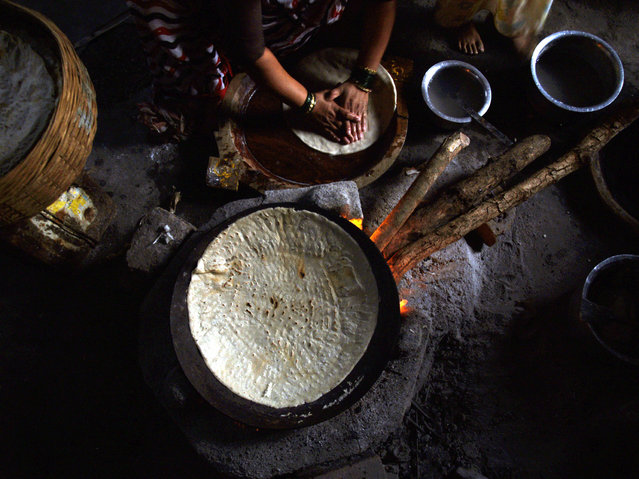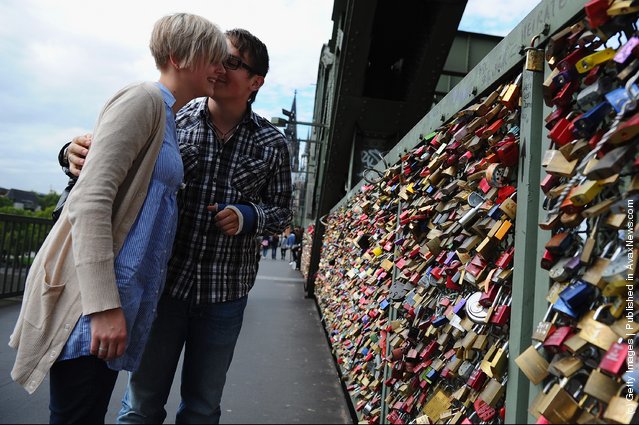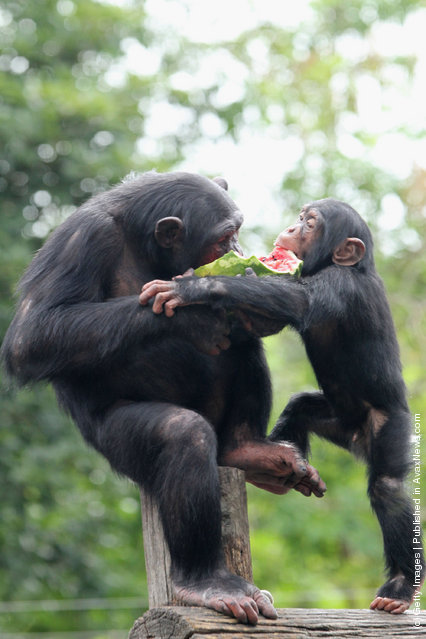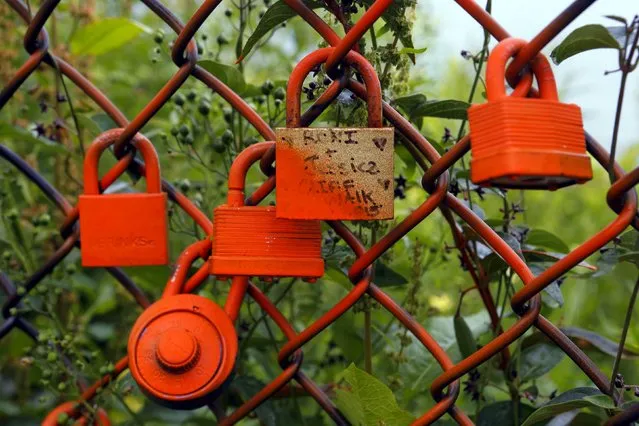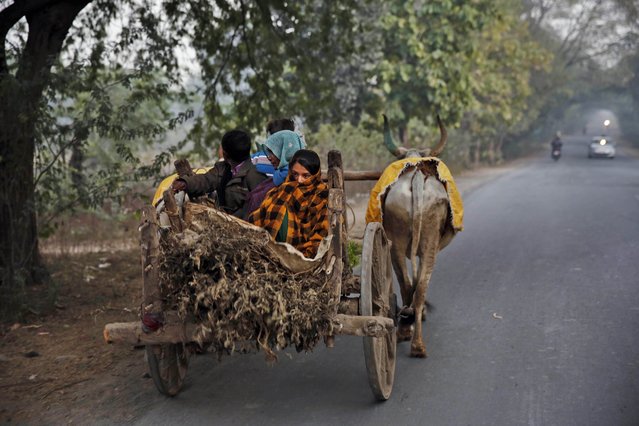
An Indian woman wrapped in a shawl travels with others on a bullock cart on a cold day at Jhansi district, in Bundelkhand, India, Monday, December 29, 2014. Most parts of north India Monday continued to shiver under biting cold with the mercury dipping several notches. (Photo by Rajesh Kumar Singh/AP Photo)
31 Dec 2014 14:11:00,post received
0 comments




